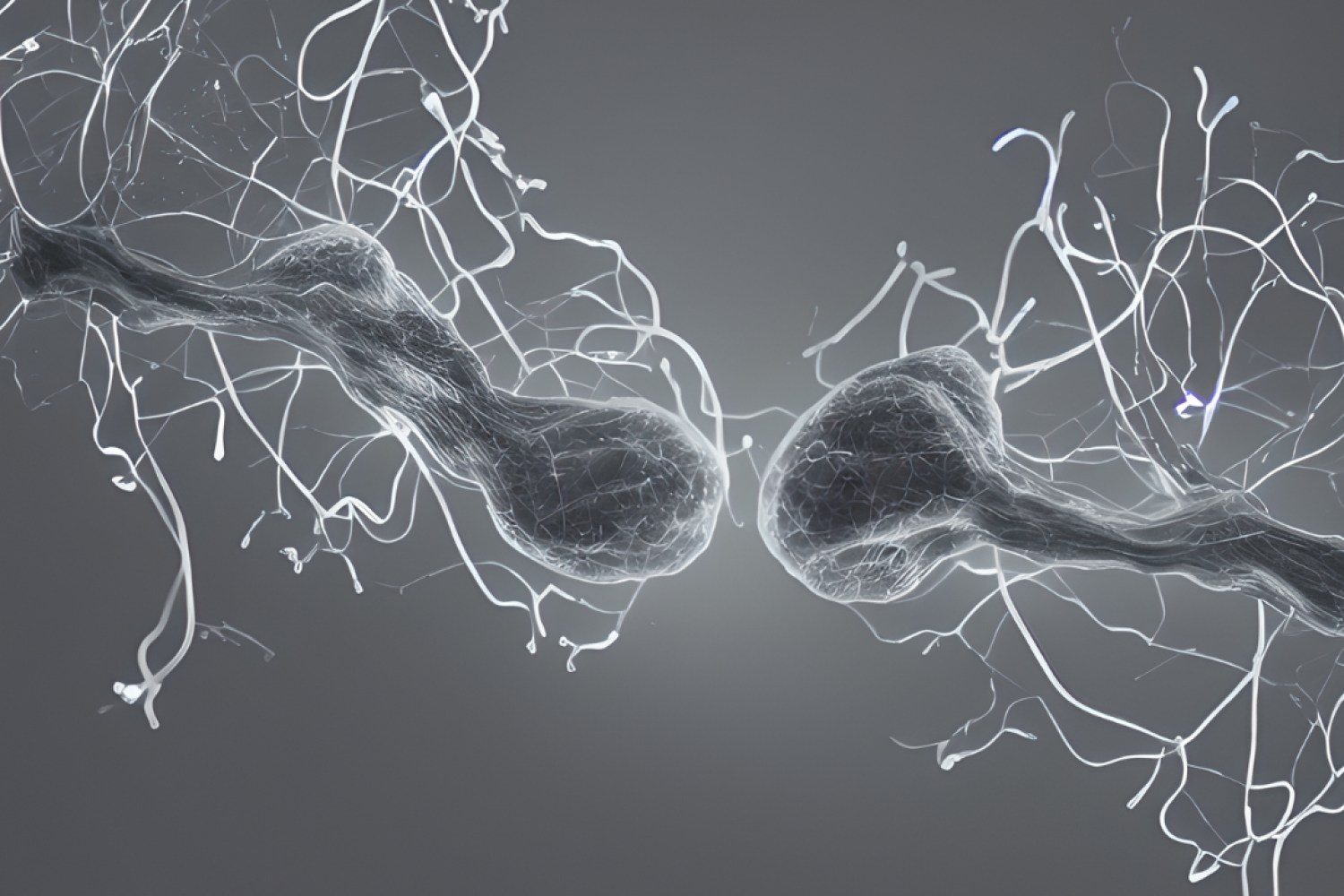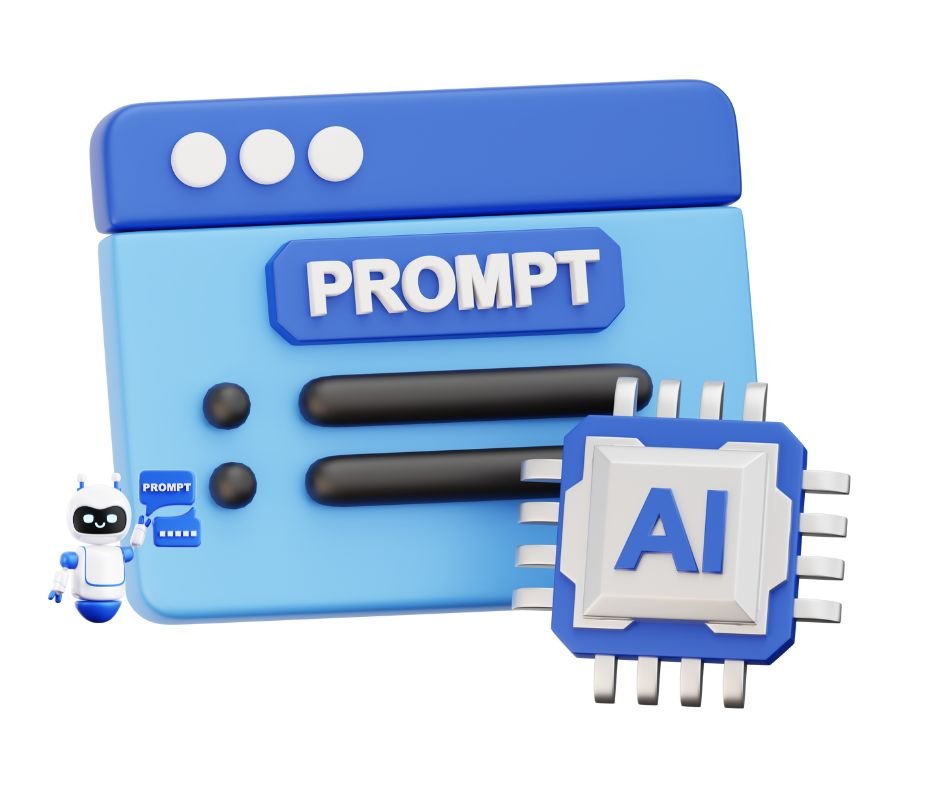Introduction: machine-learning models – Artificial intelligence and machine learning have revolutionized the way we think about data processing and analysis. However, despite their impressive performance, traditional machine learning models still struggle to adapt to new and unexpected situations, leading to poor accuracy and limited flexibility.
This is because traditional machine learning models are built on a static framework that assumes that the data distribution is fixed and unchanging over time.
But the real world is dynamic and constantly changing. Therefore, researchers have turned to the human brain for inspiration to develop more flexible and adaptable machine learning models.
In this article, we will explore the latest research in solving brain dynamics to give rise to flexible machine-learning models.
We will discuss the limitations of traditional machine learning models, the potential of brain-inspired algorithms, and the exciting developments in this field.
Limitations of Traditional Machine Learning Models:
Traditional machine learning models rely on a fixed set of parameters to make predictions based on past data. However, this approach has several limitations, including:
- Lack of adaptability: Traditional machine learning models are not designed to adapt to new data, making them inflexible and less accurate.
- Overfitting: Traditional machine learning models can overfit to the training data, meaning they become too specialized to perform well on new data.
- Lack of generalization: Traditional machine learning models may not be able to generalize to new situations, leading to poor performance on real-world data.
- Limited interpretability: Traditional machine learning models are often considered “black boxes,” making it challenging to understand how they arrive at their predictions.
Brain-Inspired Machine Learning Models:
To address these limitations, researchers have turned to the brain for inspiration to develop more flexible and adaptable machine learning models.
The human brain is incredibly flexible and can quickly adapt to new situations, making it an ideal model for designing more adaptable machine learning models.
One promising approach is to use brain-inspired algorithms that mimic the neural processes of the brain.
These algorithms are designed to be more flexible and adaptable than traditional machine learning models, making them more suitable for real-world applications.
Recent Developments: machine-learning models
Recent research has shown that brain-inspired algorithms can significantly improve the performance of machine learning models. For example, researchers have developed algorithms that can adapt to new data in real-time, making them more flexible and accurate.
Another exciting development is the use of deep neural networks to model the brain’s cortical hierarchy.
These models are designed to mimic the hierarchical structure of the brain and have shown promising results in image and speech recognition tasks.
Furthermore, researchers have developed algorithms that can learn from limited data, which is critical for real-world applications where data is often scarce.
These algorithms are designed to generalize to new situations, making them more adaptable and flexible than traditional machine learning models.
Conclusion: machine-learning models
In conclusion, solving brain dynamics to give rise to flexible machine-learning models is an exciting and rapidly developing field.
Brain-inspired algorithms offer the potential for more flexible and adaptable machine learning models that can better handle the dynamic and changing nature of the real world.
As researchers continue to develop and refine these algorithms, we can expect to see significant advancements in a wide range of applications, including image and speech recognition, robotics, and autonomous vehicles.
By harnessing the power of the brain, we can create more intelligent and capable machines that can better understand and navigate the world around us. Play sprunki phase 28 Anytime, Anywhere!


